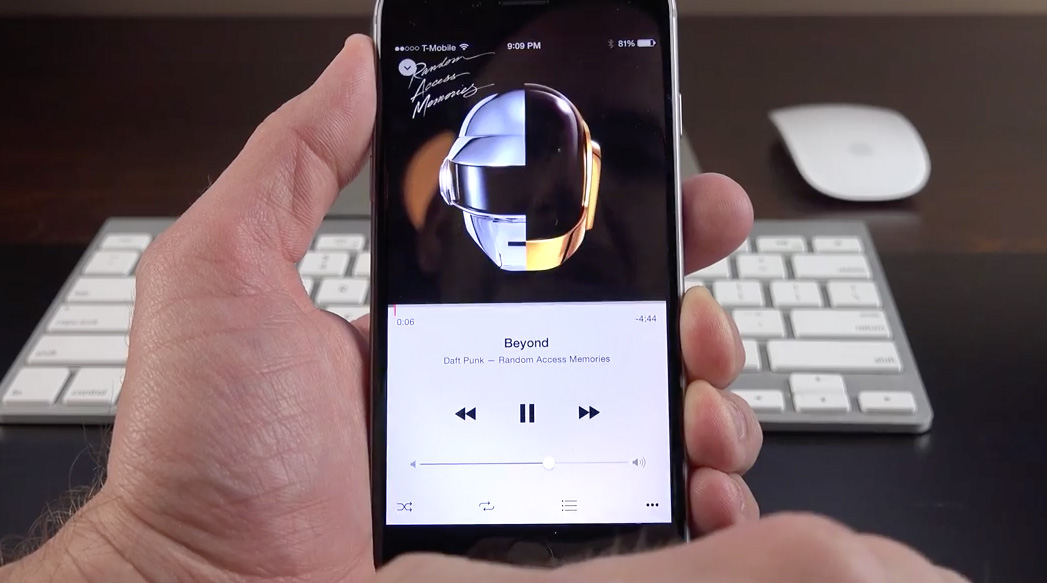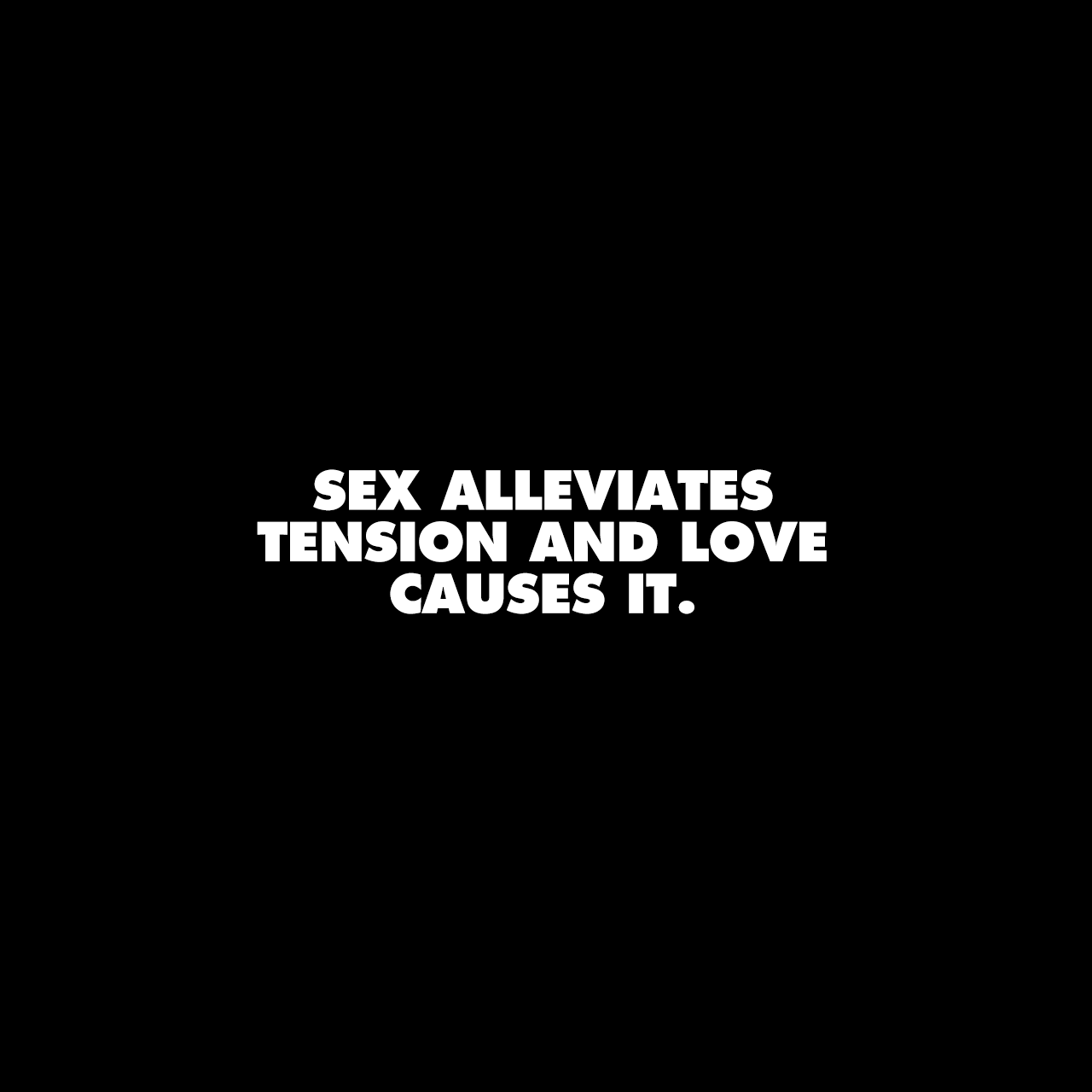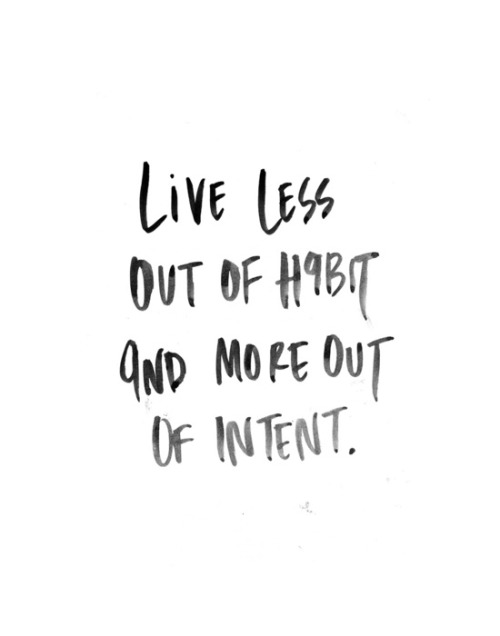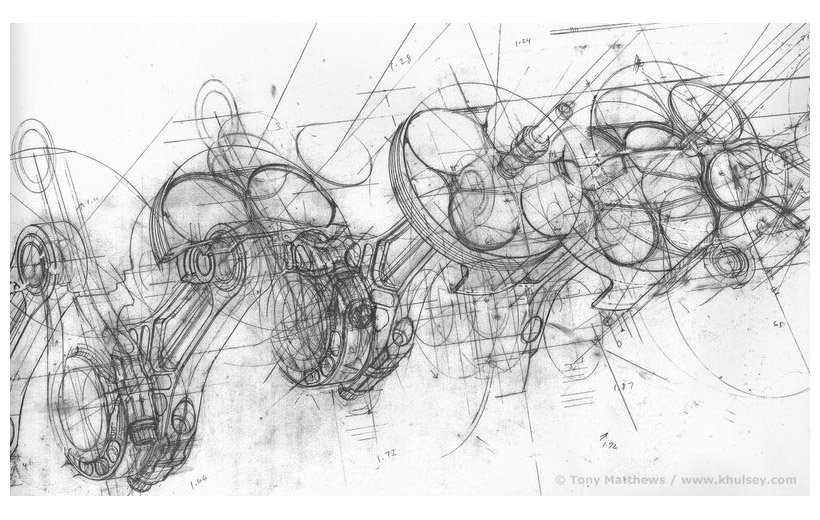Love Causes It
Weekly Exhaust Ep. 34 – I Don’t Mind Window Clutter
This week Michael and Bryan discuss drag-and-drop in OS X, Apple Watch, controlling notification settings, the cost of keeping updated with tech, iOS performance on older devices, archiving old Flash websites and old video games, the new Daredevil series and Bryan’s second book, The Blasted Lands.
Listen Now (and subscribe on iTunes)
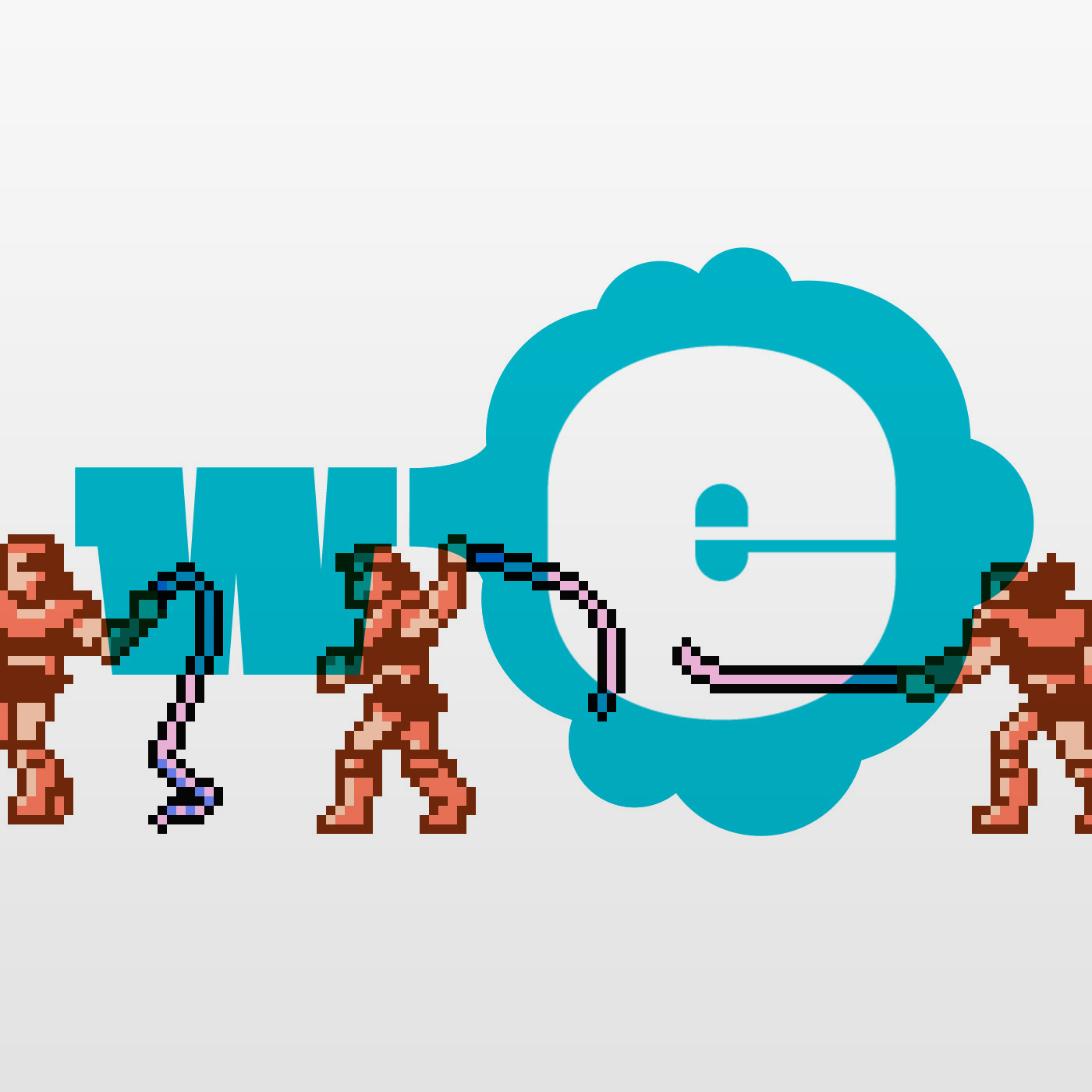
I am in charge of my device, my device is not in charge of me.
Steven Levy on the problem with his ever-increasing notifications:
But it’s hard to do this right when every single app wants to send you notifications. Even given that the system will limit itself to notices worthy of instant notice – and The Melvin Renaming is evidence to the contrary – there are just too many notifications elbowing their way into what should be a narrow passage labeled, “Stuff I absolutely need to see.”
This decreases the value of all notifications. If you want an example of another realm, consider the situation of “alarm fatigue” in hospitals, as recently exposed in a book by Dr. Robert Wachter, excerpted here on Backchannel recently. Of the 350,000 drug prescriptions a month that Wachter’s hospital issues, pharmacists get alerts on nearly half of those. In the hospital’s five Intensive Care Units, bedside cardiac units alerts go off 187 times – per patient, per day. That’s 381,560 a month. If you weren’t inured, you’d go crazy. But what about the really serious ones?
We aren’t at that level of desperation yet with online notifications. But the Age of Notifications is about to face its biggest mess yet, as alerts move from phone screens to watch faces. Notifications are just about the entire point of a smart watch – you’re not going to be reading books, watching movies or doing spreadsheets on them. And a tilt of the wrist is the perfect delivery system for those little blips.
I say these are his ever-increasing notifications because I don’t have this problem. Because I turn off most notifications on my iPhone. The only time my phone vibrates is when I receive a phone call. You know, that old-timey medium were you hear a voice and you talk into your device and they can hear you.
I understand I’m an outlier in how I handle my notifications, but I still don’t have any sympathy for these self-made “victims” of notifications. I am in charge of my device, my device is not in charge of me. As George Carlin said, I have this real moron thing I do, it’s called thinking. When I install a new app, and that app asks permission to send me notifications, I think for a minute if really makes sense for Flappy Bird or Instagram to send me notifications. The answer is usually no.
I have some advice for anyone who feels their device is running and ruining his or her life:
- Delete Facebook from your device
Now those hours you’d normally be wasting following the lives of other people? Use a small fraction of that time in the settings area of your iPhone or Android phone. Familiarize yourself with how notifications are handled and turn off the unimportant ones.
I’m normally a big fan of Steven Levy, but shame on him for writing that piece.
“It’s just flat out harder to be negative when sharing a picture.”
Great insight by Basecamp founder Jason Fried on how Instagram and Twitter feel different:
Every scroll through Instagram puts someone’s good day in front of me. A vacation picture, something new they got that they love, pictures of nature, pictures of people they love, places they’ve been, and stuff they want to cheer about. It’s just flat out harder to be negative when sharing a picture. This isn’t a small thing – it’s a very big deal. I feel good when I browse Instagram. That’s the feel that matters.
So now I have a choice… When I have a few minutes to kill, and my phone is in front of me, I almost always reach for Instagram. I never regret it. I come away feeling the same or better. When I occasionally reach for Twitter, I discover someone’s pissed about something. I often come away feeling worse, feeling anxious, or just generally not feeling great about the world. Twitter actually gives me a negative impression of my friends. I know it’s not Twitter doing it, but it’s happening on Twitter. that’s how Twitter feels to me.
I’m on Twitter every day and it’s definitely a place to show off how witty, topical or pissed off you are.
Instagram is just where i like to post pictures of cars I find.
Forever Young
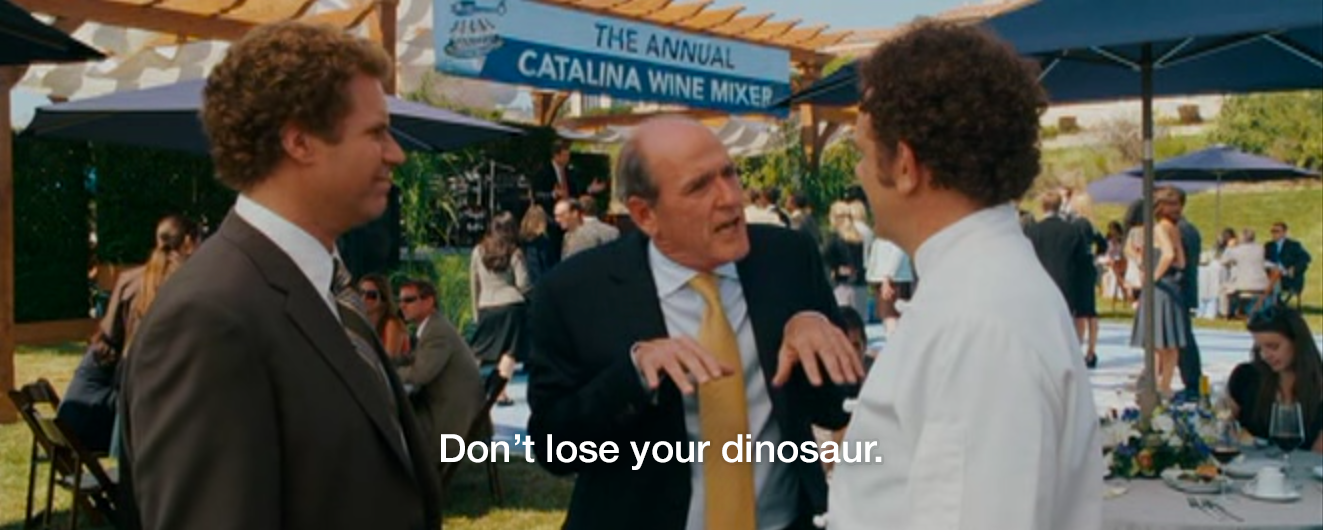
A Success
Jim Dalrymple on what metric is going to determine if the Apple Watch is a success:
Even though the iPad sold almost 25 million units in the last fiscal quarter, it’s not up to the 75 million that the iPhone sold. For a lot of people that’s the measure of success, without taking into account that they are completely different products, serving different markets.
So, how will we measure the success of Apple Watch? Will it be pre-order sales? Perhaps, first weekend sales? Number of overall units? How about total quarterly profit? The number of magazine covers it’s on?
The measurement of success will be different for almost everyone. But I don’t believe that any of those are as important as one measure of success that will be a bit more difficult to track: are people still using Apple Watch after three months.
Another factor to consider in the measure of success of a product launch is not just the amount of sales, but the speed at which the product sold. The iPhone took a fraction of the time to get to the same 8-digit sales numbers it took the original iPod. My guess is the Watch sales will not be flying off the shelves as quickly, initially, as the iPhone and therefor will be deemed a dud. I also could be completely wrong.
But Apple is a marathon runner, not a sprinter. They iterate and improve month after month, year after year. If the sales numbers or the product experience don’t impress you this summer, let’s check back in a year.
And to circle back to Jim’s point, if the Apple Watch does experience slow growth over the next 2 years, this could likely mean many were initially skeptics who held off buying, but they saw that the Watch proved itself worthwhile to the early adopters and they decided to buy.
Being Lazy Vs Being Hungry
“California doesn’t have a water problem. We all do.”
Steven Johnson responds to the Apocalyptic Schadenfreude of east coast news stories:
The question is whether that engineering is sustainable. What the Times piece explicitly suggests is that California has been living beyond its means environmentally. That’s the point of those extraordinary overhead photographs of lush estates, teeming with greenery, bordering arid desert. You see those images and it’s impossible not to feel that something shameful is happening here. And yet, picture a comparable view of Manhattan sometime in the depths of January, with a thermal imaging filter applied. The boundary between Man and Mother Nature would be just as stark: frigid air surrounding artificial islands of heat. It’s true that New York City distributes that artificial heat much more efficiently than the rest of the country, thanks largely to its density, but it’s still artificially engineering your environment, whether you want to make a dry place wet, or a cold place warm. And while the Northeast has an advantage over California in terms of rainwater, California has a decided advantage in terms of temperature and sunlight, particularly the coastal regions where almost all the people live. Coastal California enjoys one of the most temperate climates anywhere in the world, which allows its residents to consume far less energy heating or cooling their homes. California is dead last in the country in terms of per capita electricity use. Thanks to the state’s abundant sunshine (and pioneering environmentalism) there are more home solar panels installed in California than in all the other states combined. If you’re trying to find a sustainable place for 40 million people to live, there are plenty of environmental reasons to put them in California.
You’re either living on west coast with water shortages or living on the east coast with endless blizzards and flooding. Yay!
What Time Is It?

via Twitter
The Commoditization of Design
When you squint your eyes and tilt your head, don’t a lot of these products look awfully, well, similar? Don’t they look pretty but, at times, a little dull?
When it becomes necessary for virtually every business to signal they value design by adopting an up-to-date style, it becomes a commodity, a box to be ticked. That fresh look quickly becomes a cliché. This descent towards aesthetic monoculture was helped by the ease with which this particular style can be cheaply imitated: stick a blurred photo in the background, lay some centered Helvetica Neue on top and you’re already halfway there!
What other opportunities might we be missing out on? The internet and its surrounding technologies are the driving cultural forces of our generation. Taken individually all of these designs are quite beautiful. But who wants to live in a world with only one type of beauty?
—Has Visual Design Fallen Flat?, Emmet Connolly
Great points all around in this piece.
What is the solution?
We could argue platforms like Squarespace have contributed to this homogonization and commodification of design, but at the same time, they’re enabled people and small businesses to create nice looking sites with an extremely easy-to-use content management system. In an alternate universe where Squarespace didn’t exist these would likely be horrendous HTML sites built in Dreamweaver or mobile-incompatible Flash sites from 2005.
The sad truth for a lot of designers (I’ve had a career as a designer for 15 years) is that many clients don’t need a custom-made website. An off-the-shelf solution from Squarespace, Virb, Weebly or Wix is more than adequate for many people. A custom website will not impact most businesses more than a one made with one of the previously mentioned services. This fact might hurt some egos, but the sooner designers come to terms with this, the better off they’ll be.
An even scarier and sadder truth is one people in the creative field like to think doesn’t apply to them: that robots and artificial intelligence will never replace them. Spoiler: this is already happening. My only advice is the words of Charles Darwin, and my daily mantra: “It is not the strongest nor the most intelligent species that survives, but the one most adaptable to change.”
Your value as a designer is in your ability to solve problems for clients. Most of the time this manifests itself in visual solutions, but as designers we have to learn that we can and should be able add value in other ways (again, follow the above mantra).
APRIL 24, 2020
CUPERTINO, SILICON VALLEY — APRIL 24, 2020: Thousands assembled in Cupertino today to celebrate the fifth anniversary of the single most important event in tech history — the release of the Apple Watch.
“I remember a time when people were skeptical of the Apple Watch,” Apple CEO Tim Cook said in a speech at the newly constructed Nikola Tesla Stadium. “They said it was dumb. They said it was completely unnecessary. They said it was a huge waste of money. Well, those people were wrong and gross and stupid.”
The ceremony included a presentation explaining that few people of the year 2015 understood just how revolutionary the little device would be. From eradicating Super Measles to helping establish the first prison on Mars, it seems there’s nothing the Apple Watch hasn’t done to make our lives better.
—Happy 5th Birthday, Apple Watch!, Paleofuture
Pistons
Tap, Tap, Tap
Over at Bloomberg, Joshua Topolsky reviews the Apple Watch:
I’m in a meeting with 14 people, in mid-sentence, when I feel a tap-tap-tap on my wrist. I stop talking, tilt my head, and whip my arm aggressively into view to see the source of the agitation. A second later, the small screen on my new Apple Watch beams to life with a very important message for me: Twitter has suggestions for people I should follow. A version of this happens dozens of times throughout the day–for messages, e-mails, activity achievements, tweets, and so much more. Wait a second. Isn’t the promise of the Apple Watch to help me stay in the moment, focused on the people around me and undisturbed by the mesmerizing void of my iPhone? So why do I suddenly feel so distracted?
To be clear, we are in charge of our gadgets, not the other way around. I have turned off most notifications on my iPhone, so that the only time I get vibration alerts is for phone calls. My iPhone—the way I have configured it—is not distracting.
The same way a car you buy off the dealer lot will require configuring to fit you (literally), I anticipate I’ll have to tweak the Apple Watch settings before it behaves the way I want it to.
In the end though, Topolsky digs it:
The watch is not life-changing. It is, however, excellent. Apple will sell millions of these devices, and many people will love and obsess over them. It is a wonderful component of a big ecosystem that the company has carefully built over many years. It is more seamless and simple than any of its counterparts in the marketplace. It is, without question, the best smartwatch in the world.
I’m looking forward to getting one. To Topolsky’s point, I’m not in a hurry to get one because it’s a want, not a need and right now I need to to replace my iPhone 4.
